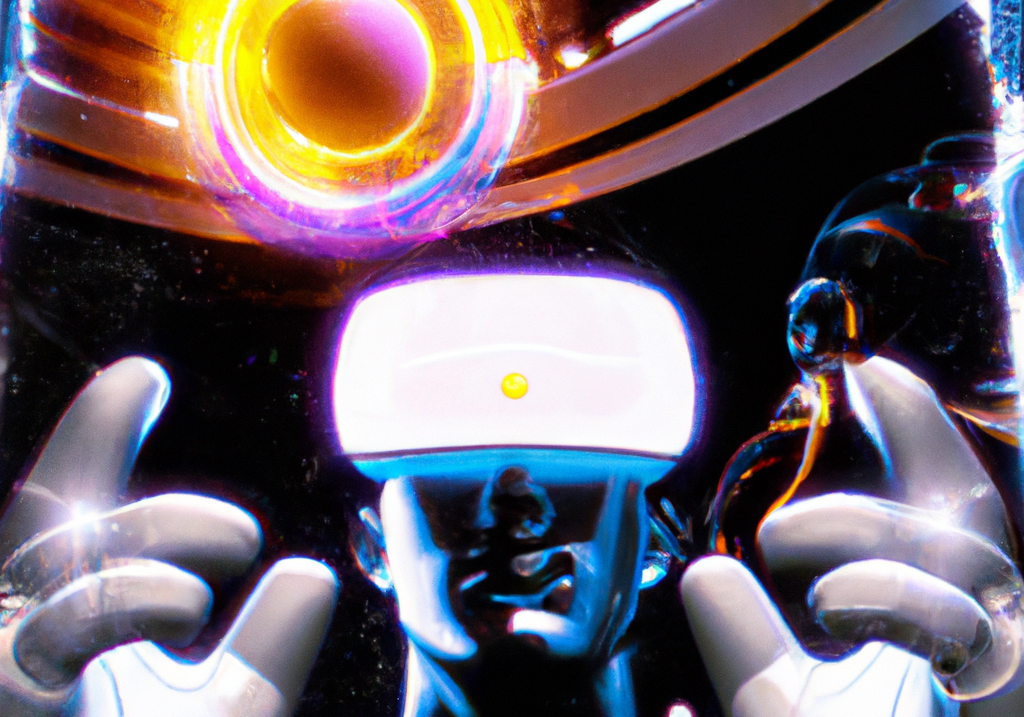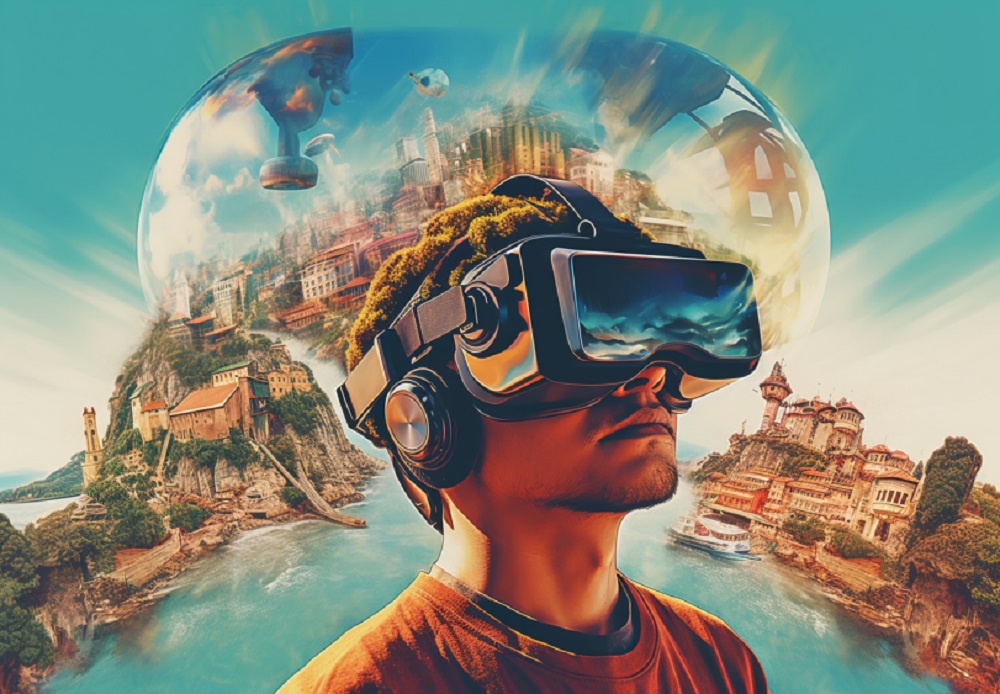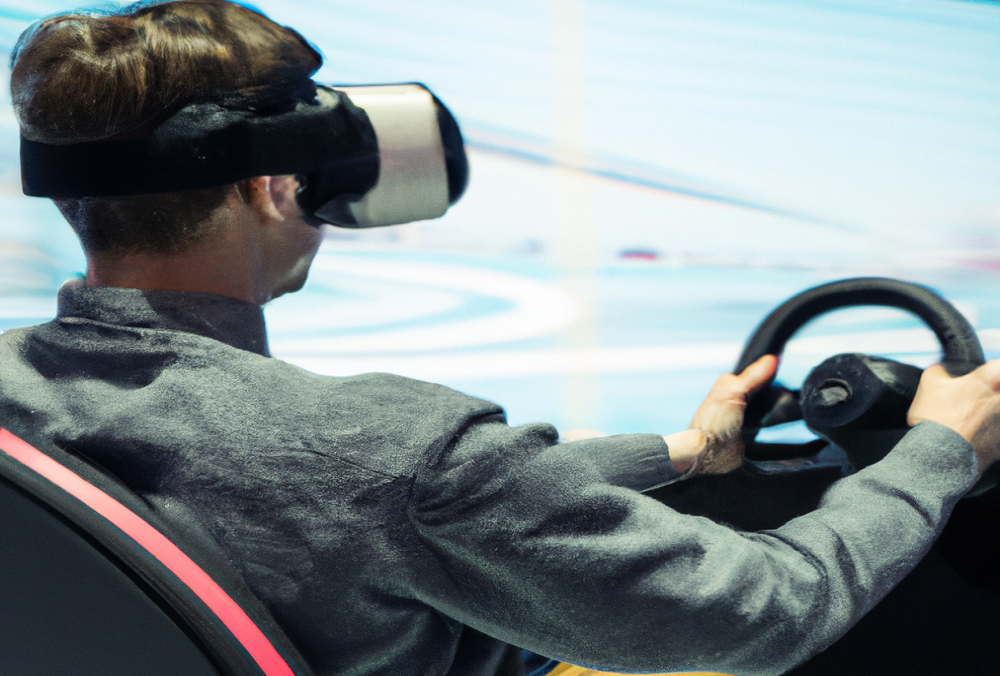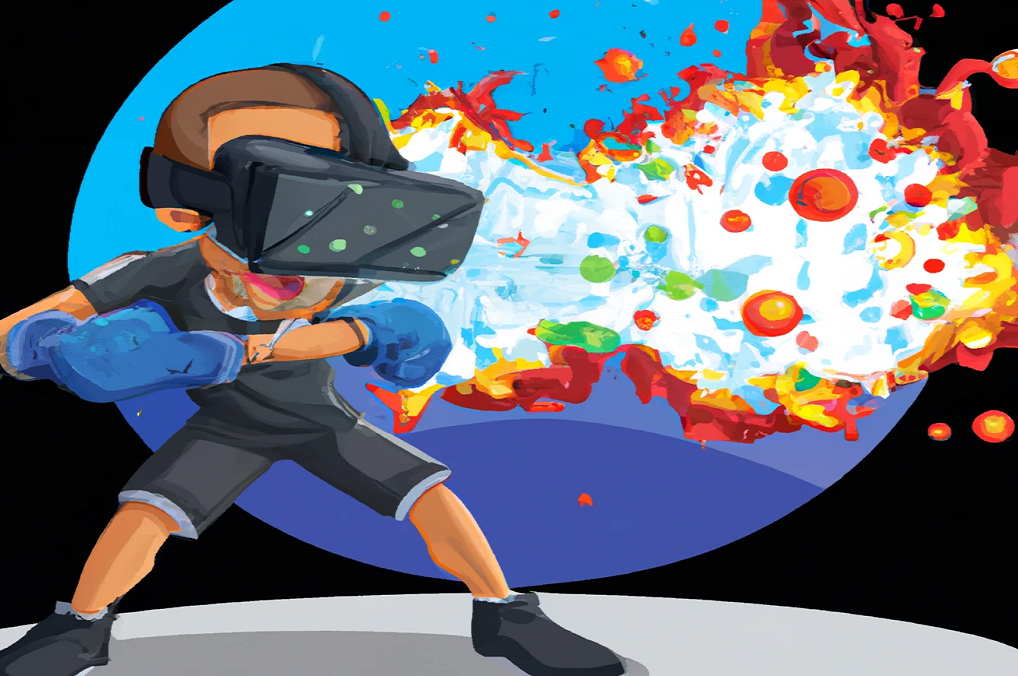Virtual reality (VR) technology is rapidly advancing and changing the way we interact with and experience the world around us. One area that is particularly ripe for disruption by VR is the field of art and design. With the ability to create fully immersive and interactive environments, VR has the potential to revolutionize the way we create and experience art.
VR as a new medium for art
Artists and designers are constantly looking for new ways to express themselves and push the boundaries of their medium. VR technology offers a new canvas for artists to work on, allowing them to create fully immersive and interactive experiences for their audience. With VR, artists can create environments that viewers can physically explore and interact with, blurring the lines between the physical and digital worlds.
One example of an artist using VR as a medium is Joshua Davis, who created a VR experience called "The 3D Additivist Cookbook" which explores the relationship between the physical and digital worlds. The experience, which is a combination of sculpture, installation and VR, invites the viewer to explore a virtual world made of 3D-printed objects.
VR as a tool for visualizing design concepts
Designers, architects and engineers have been using VR technology as a tool to visualize their designs and concepts for years. With VR, designers can create realistic, fully-immersive environments that allow clients and stakeholders to experience the design before it is built. This can help to identify potential issues and make changes early on in the design process, saving time and money.
One example of a company using VR for design visualization is Zaha Hadid Architects, who used VR to visualize their design for the Guangzhou Infinitus Plaza in China. The VR experience allowed the architects to explore the building and its surrounding environment, allowing them to identify potential issues and make changes before construction began.
VR as a tool for art education
VR technology can also be used as a tool for art education, allowing students to explore and experiment with new mediums in a safe and controlled environment. With VR, students can explore virtual worlds and environments, and experiment with different materials and techniques without the need for expensive equipment or materials.
One example of an art school using VR for education is the School of the Art Institute of Chicago (SAIC), which has a VR lab for students to explore and experiment with VR technology. The lab offers a variety of VR experiences, from virtual sculpture gardens to virtual painting classes, giving students the opportunity to explore new mediums and techniques.
VR in museums and galleries
VR technology is also being used in museums and galleries to enhance the art viewing experience. With VR, visitors can explore and interact with art in a fully-immersive environment, allowing them to experience art in a way that was not previously possible.
One example of a museum using VR to enhance the art viewing experience is the Smithsonian American Art Museum, which has a VR experience called "Every Portrait Tells a Story" which allows visitors to explore a virtual gallery of portraits and learn about the stories behind the artworks.
VR and Street Art
VR technology can be used to bring street art to life, allowing people to experience it in a new and interactive way. With VR, street artists can create digital extensions of their physical artworks, allowing people to explore and interact with the art in a virtual environment.
One example of street artists using VR is the artist Patrick Shearn, who created a VR experience of his street art mural, Poetics of the Handmade. The VR experience allows people to explore the mural in a new, interactive way and see the details of the mural that may be hard to spot in person.
VR and Collaboration
VR technology can also be used as a tool for collaboration among artists, designers, and clients. With VR, teams can work together on a project in a shared virtual environment, allowing them to visualize and experiment with different concepts in real-time. This can improve the efficiency and effectiveness of the design process and help to ensure that the final product meets the needs of all stakeholders.
One example of a company using VR for collaboration is Google, who has developed a VR platform called Tilt Brush that allows artists and designers to collaborate in a virtual environment. The platform allows multiple users to create and edit a shared 3D space in real-time, making it easier for teams to work together on projects.
VR and Accessibility
VR technology can also be used to improve accessibility for people with disabilities. With VR, people with disabilities can access and experience art and design in a way that was not previously possible. For example, people with visual impairments can use VR to experience art and design in a fully-immersive environment, and people with mobility impairments can use VR to explore and interact with art and design in a virtual environment.
One example of an organization using VR to improve accessibility is the Museum of Modern Art (MoMA) in New York City, which has a VR program called MoMA Access that allows visitors with disabilities to experience art in a fully-immersive environment.
Conclusion
In conclusion, VR technology has the potential to revolutionize the field of art and design by providing a new medium for artists and designers to work with, a tool for visualizing design concepts, a tool for art education, a way to enhance the art viewing experience and a tool for collaboration and accessibility. As VR technology continues to advance and become more accessible, we can expect to see even more innovative uses of VR in the field of art and design.
If you need a VR game developer to help you with your project, feel free to contact us! RiseAngle has been active in VR development from 2016, and VR games developed by RiseAngle have amassed more than 400,000 installs so far.






